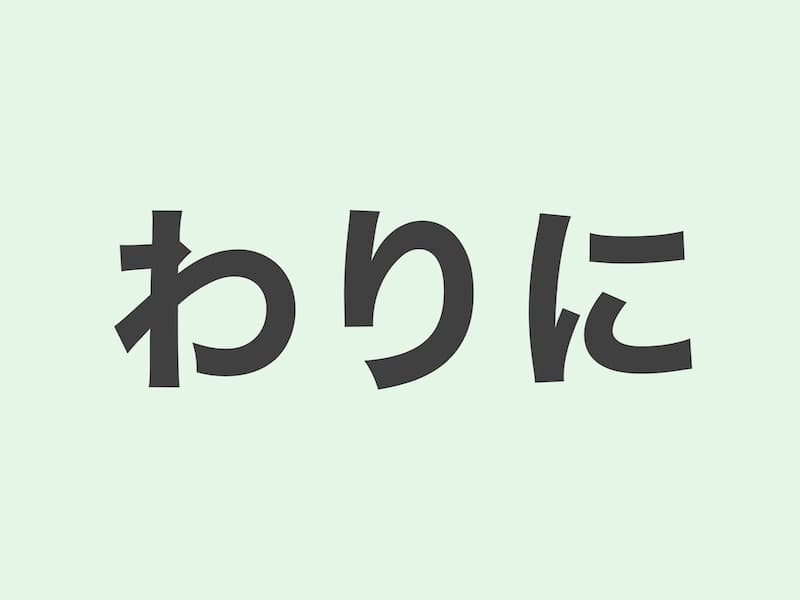説明 (Explanation)
文法(Grammar):普通形+わりに・のわりに・なわりに
意味 (Meaning):意外な気持ち。ある状況や期待と比較して、予想と異なる結果や状態を表す表現です。
英語(English):Surprising feelings. A expression that conveys results or conditions contrary to expectations or in comparison to a certain situation.
JLPT Textbook Recommendations
例文 (Examples)
- 勉強したわりに、テストはあまりできなかった。
- たくさん運動しているわりに、体重が減りません。
- 彼は若いわりには経験豊富だ。
- このカメラは高いわりにはあまりきれいな写真が撮れない。
- 安いわりに、おいしい。
- ここは有名なわりに、あまりおいしくない。
- このレストランは値段のわりには美味しい料理を提供している。
- 給料は仕事の難しさのわりには低い。
ひらなが (Hiragana)
- べんきょうしたわりに、テストはあまりできなかった。
- たくさんうんどうしているわりに、たいじゅうがへりません。
- かれはわかいわりにはけいけんほうふだ。
- このカメラはたかいわりにはあまりきれいなしゃしんがとれない。
- やすいわりに、おいしい。
- ここはゆうめいなわりに、おいしくない。
- このレストランはねだんのわりにはおいしいりょうりをていきょうしている。
- きゅうりょうはしごとのむずかしさのわりにはひくい。
英語翻訳 (English Translation)
- I didn’t do well on the test, considering how much I studied.
- My weight isn’t going down, considering how much I exercise.
- He is experienced for his age.
- For such an expensive camera, it doesn’t take very good photos.
- It’s tasty considering how cheap it is.
- It’s not very good for such a famous place.
- Considering the price, this restaurant offers delicious dishes.
- For such a demanding job, the pay is quite low.





コメント